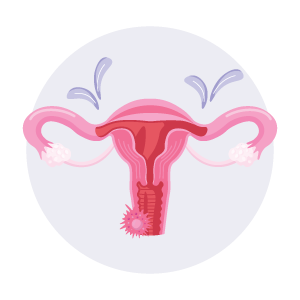Nearly one in eight couples experience difficulties getting pregnant or sustaining their pregnancy. Infertility in women can be caused by a variety of issues, including problems with ovulation or the cervix or damage to the uterus or fallopian tubes. Some causes of infertility are easily identifiable, while others are not. There are several options available to treat infertility; however, cost, invasiveness of procedures, and treatment success rates are three key factors that can hinder access to appropriate care and create disparities in women’s reproductive health. Increasing awareness about infertility treatment options among clinicians and patients expands a woman’s opportunity to identify a personalized care plan that best fits her lifestyle and family planning goals.
Fertility is part of the SWHR Maternal Health Network, which engages the following focus areas: Expanded Carrier Screening, Fertility, Maternal & Infant Health Disparities, and Noninvasive Prenatal Screening.














